1. Chile Report: Salmon Farming
At the beginning of 2019, we took the opportunity to visit salmon farming operations in the Chilean summer.
The North Atlantic Seafood Forum in Bergen (Norway) is the industry meeting point of the year. Accordingly, the event is a fixed point in Bonafide's annual agenda. This year as well, we're returning with numerous impressions that we're eager to share with you. Although various topics such as wild fishing, sustainability and technology were discussed at the forum, our key topics this year were mainly found in salmon farming.
Norway suffered a record number of farmed salmon deaths in 2023 due to biological problems (diseases, parasites, jellyfish). There is a need for action to improve the situation. The negative impact on the industry's reputation at home, where the population is ultimately decisive for political support, is too high. But these problems also have a major impact on breeders' costs. As investments are made in the breeding of each individual animal, every fish that dies is one too many. Accordingly, improving animal welfare was a very dominant theme at the conference. These challenges are being tackled at various levels:
The number of innovations to improve animal welfare is huge. For example, the behavior of all animals has been observed by cameras for years and evaluated using AI in order to draw conclusions about their health. There are also systems that use laser beams to shoot sea lice at salmon. Or the cages are pushed deeper into the water. The aim here is to avoid the sea lice and pathogens as well as higher (or in winter lower) temperatures in the upper layers of the water. Initial test phases with this «deep farming technology» were very successful. The salmon never had to be lifted to the surface for treatment during an entire breeding cycle. Such treatment processes (especially against sea lice) lead to stress in the fish, which weakens them in the short term.
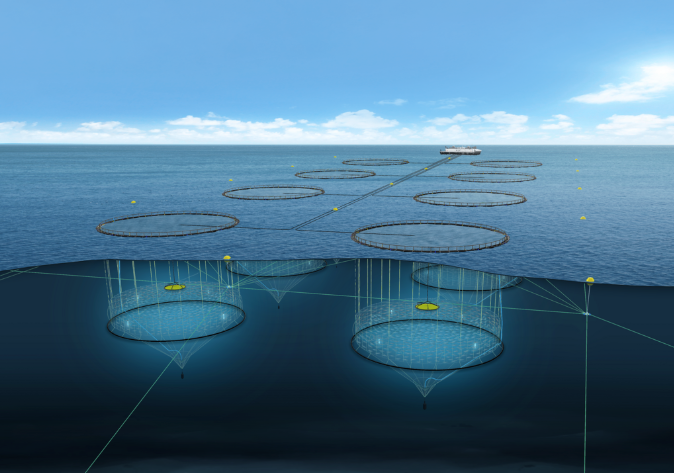
New findings at a biological level are also constantly being implemented. For several years now, there has been hope for significant improvements through "post-smolt strategies". This involves growing young fish larger on land so that they are more robust in the harsh marine waters. However, as is the case with new technologies, a lot has to be learned first. For example, the fish grew too quickly in the freshwater phase, so that the development of the organs could not keep pace. The results in the sea were correspondingly worse. Lower temperatures are restricting the growth of the young fish now. In this context, it was exciting to hear the CEO of Leroy Seafood say in a personal conversation: «In 2023, we have learned more than ever before.»
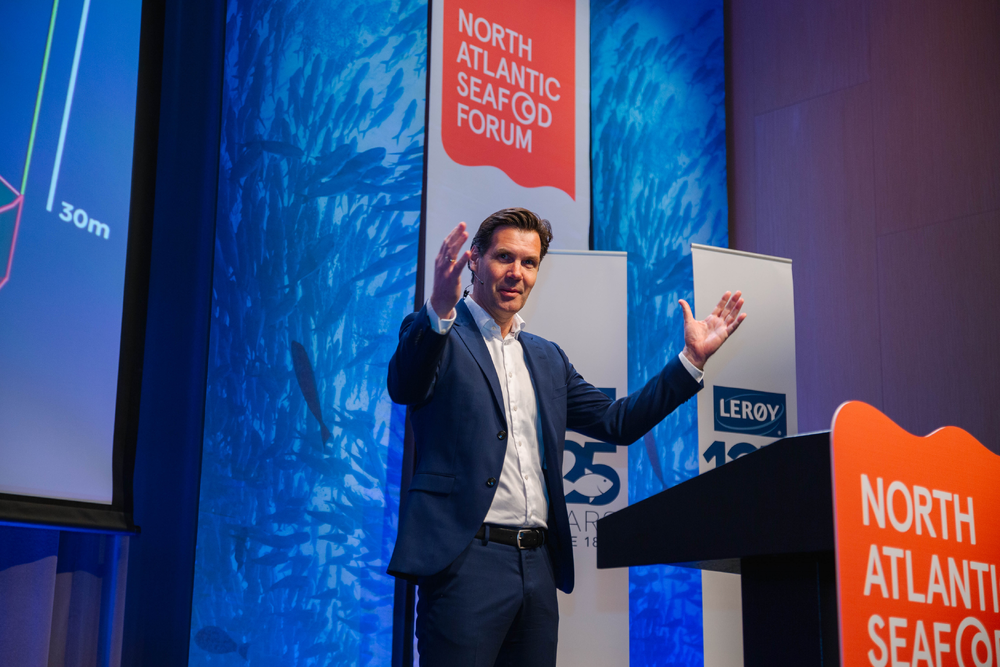
As part of the NASF, SalMar announced an investment of NOK 500 million (around EUR 43 million) in the "Salmon Living Lab". The aim is to connect as many industry players (breeders, NGOs, scientists, etc.) as possible within the organization in order to share knowledge and learn together. The aim is to expand knowledge of biology with its own research laboratory. A first major partner has already been acquired in Cargill.
Another cross-company project, which was launched in 2017, is Aquacloud. The goal is to gather and standardize extensive data from participating companies, including Leroy Seafood and Grieg Seafood, to enable insights into diseases, environmental conditions, and more. As the companies operate side by side in the fjords, an exchange of knowledge is fundamental in order to achieve improvements.
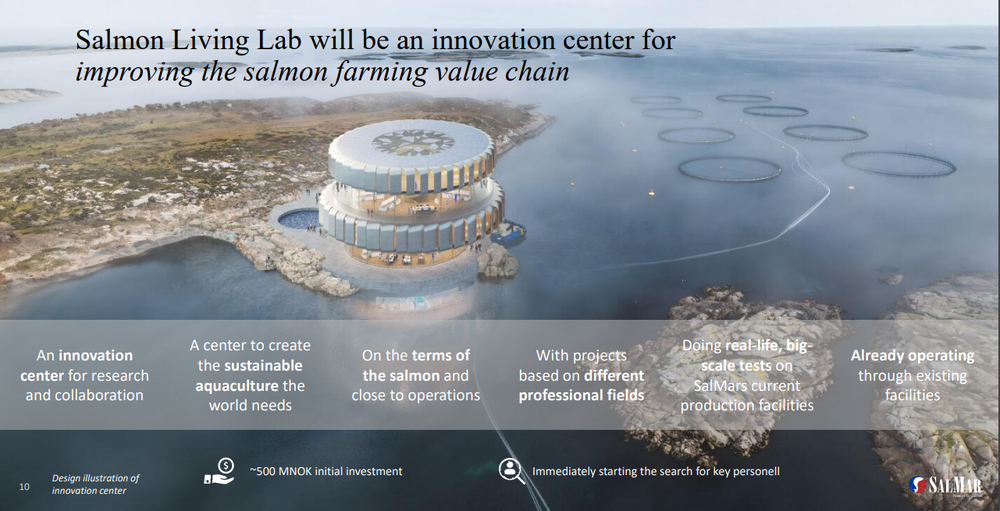
To turn Goethe's quote "Where there is light, there is shadow" on its head: Where there is shadow, there is also light. The biological challenges are not only negative. These have led all analysts to continuously revise their growth expectations for global salmon production downwards in recent months. Together with restrictive license approvals, they are hampering the expansion of the sector. Demand has outstripped supply for years, and this will not change in the short to medium term due to the low growth rates in production. Accordingly, the price of salmon is expected to remain at a very high level, which will have a positive impact on farmers' margins.
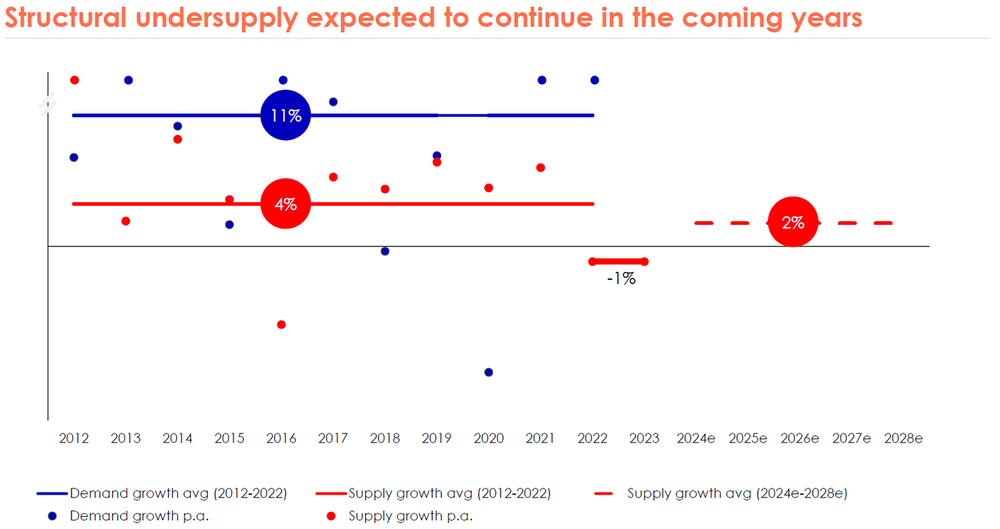
After the 2022 tax shock in Norway, many foreign investors left the country - uncertainty is poison for the stock market. However, we have now heard from various sources that interest from foreign investors is picking up again, which is very positive for us. As a seafood investor, we were also on board during the crisis, but we are happy to share our boat with other foreign investors. As the chart below shows, there is still a lot of potential in terms of foreign funds.
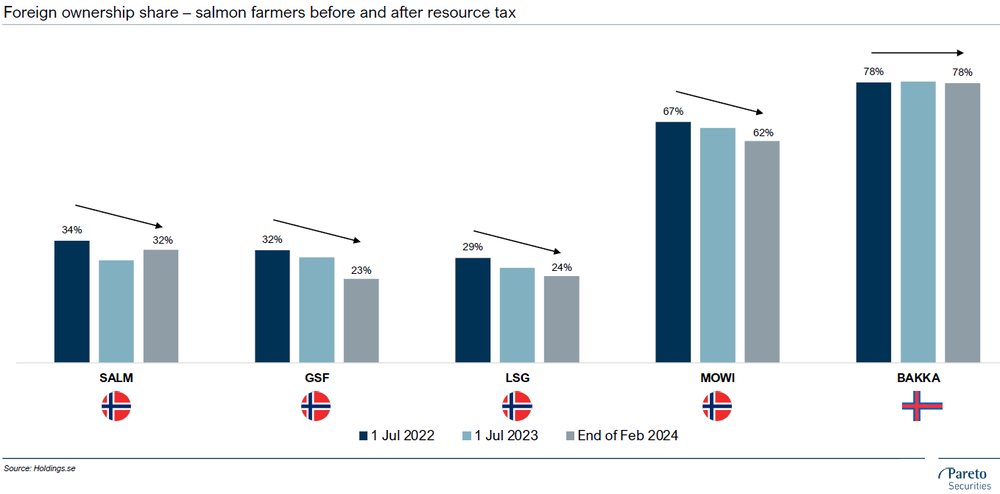
The NASF offers a wide range of topics and discussions covering the entire value chain of the seafood industry. Over three days, the event attracted 964 delegates from over 400 companies, including 200 presenters. In addition to various presentations, the Bonafide team held a number of direct meetings with companies and many informal discussions.
The measures taken to improve the biological situation and the fact that prices remain stable at a high level are encouraging for the industry and for us. As we have always attended the NASF since the fund was launched over 12 years ago, it is always like a class reunion. At the same time, you always meet new, interesting people. The trip to Bergen is worth it every time.
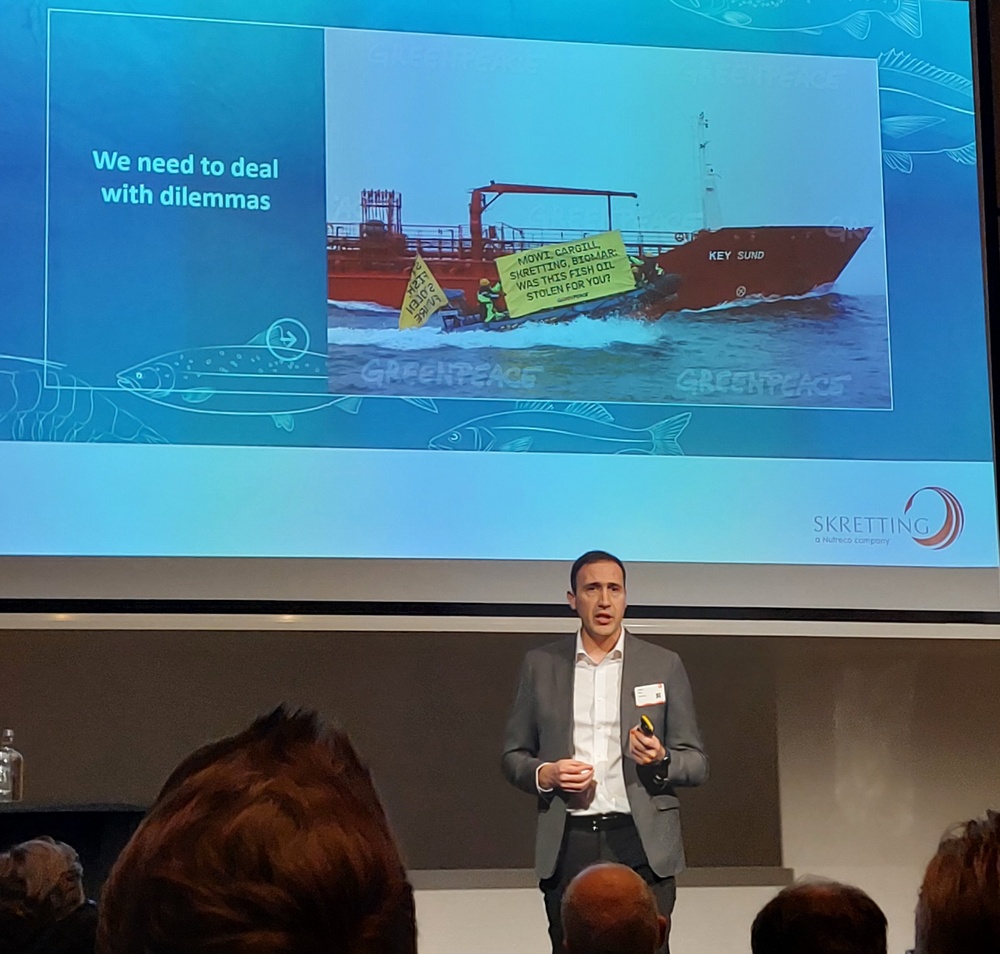
Comments